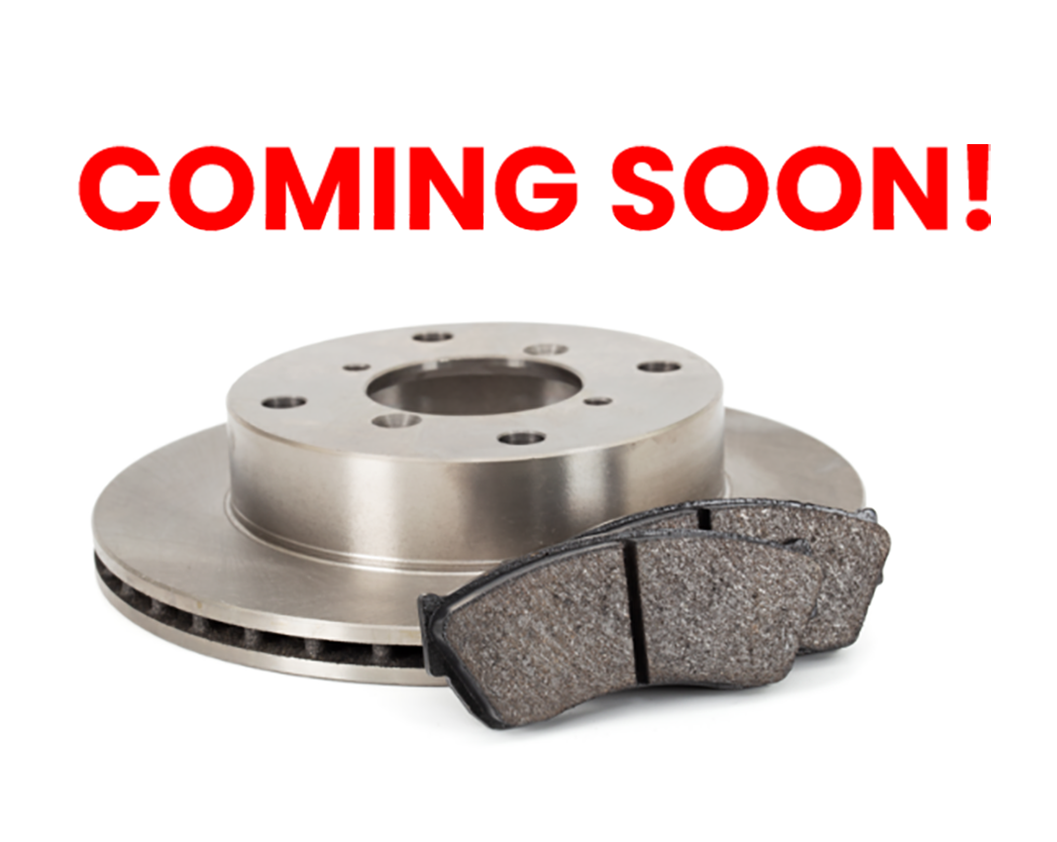Your vehicle’s braking system: It’s likely something that you take for granted, but it’s certainly something that you don’t want your vehicle functioning without.
But how much do you really know about the inner workings of your vehicle’s braking system? Certainly, you’ve probably heard of some of the components that help make it up and general mileage milestones where service might be necessary, but do you really know what it does what when it comes to your brakes?
We’re here to help. Just think of this piece as “Brakes 101.” Here’s a look at everything you need to know about brakes:
How Brakes Work
While many drivers take the brake pedal for granted, simply knowing that when it’s pressed it will help their vehicle come to a complete stop, the truth is that there are many moving parts that are activated in doing so. Braking systems are actually fairly complex, and if one component isn’t doing its job or needs servicing, it’s going to impact the overall braking function.
To fully understand how brakes work, it’s worth discussing the components that make up your vehicle’s braking system and the role they play in bringing the vehicle to a complete stop:
Master Cylinder
Known as the heart of the braking system, the master cylinder generates pressure from the force applied to the brake pedal to move fluid through the lines and hoses, essentially making the braking system tick.
Calipers
Calipers are designed to help engage your vehicle’s brake pads. They’re fed brake fluid, which drives a piston forward toward the brake pad. This helps engage the brake pad with the rotor, first pushing the inner brake pad so it comes into contact with the inside of the rotor and then pulling the outer brake pad toward the other side of the rotor.
Brake Pads
Brake pads are arguably the most important component of your vehicle’s braking system. Though they wear down over time and need to be replaced at certain intervals, they play an essential role in stopping the vehicle. When the brake pedal is pressed, the vehicle’s braking system is activated. It ends with the pads coming into contact with the rotor, creating friction to bring the vehicle to a stop.
Rotors
Rotors are circular discs that are installed on a vehicle’s wheels. When the brake pedal is pressed, the brake pads squeeze up against the rotor, creating the friction needed to stop the wheels from turning.
Brake Hoses and Fluid
Brakes rely on hoses and fluid to operate. Hoses are connected to each caliper and when brake fluid is distributed to these components, it helps generate pressure in the lines and distribute energy to the system. Simply put, hoses carry the brake fluid to the braking system to activate stopping.
How Often Do You Need Your Brakes Serviced?
Now that we’ve gone over a bit about your vehicle’s braking system, you can see how many moving parts help bring your vehicle to a complete stop. But in order for your vehicle to stop effectively, all of these components must be in good working order. That’s where brake system maintenance becomes important. There are some general benchmarks to be cognizant of and some signs and symptoms that you should be on the lookout for. Let’s examine:
Preventative Maintenance
We’ll get into some signs to watch for when it comes to braking problems in subsequent sections, but first it’s worth talking a little about preventative maintenance. Generally, it’s advised to have your brakes inspected at least once a year. Even if there aren’t any problems identified with your brakes, a good inspection can give you an overall checkup into the health of all the various components and also help predict how soon you may need service on certain parts. This can help you better anticipate repairs and plan for them accordingly. Even just having a brake inspection performed every third oil change is a good habit to get into.
Brake System Service
Depending on how much you drive, how you drive, what you drive, the quality of your brake system components and various other factors, you may need to have your system serviced anywhere from every 20,000 miles to every 70,000 miles. The good news is that when it’s time to have this system serviced, it’s not difficult to tell.
Brake System Service
Depending on how much you drive, how you drive, what you drive, the quality of your brake system components and various other factors, you may need to have your system serviced anywhere from every 20,000 miles to every 70,000 miles. The good news is that when it’s time to have this system serviced, it’s not difficult to tell.
Brake pads, for instance, incorporate wear sensors that can help alert you to when it’s time to service your pads. If your vehicle is making a squealing or grinding sound each time the brake pedal is pressed, you should have your brakes inspected immediately. In addition to these sounds, you may feel your vehicle vibrating when the brakes are applied. This is another indicator that immediate inspection is required in case you’re in need of brake pad replacement. Brake calipers may also require replacement — usually at much greater intervals than other components. Brake hoses should be checked for leaks and cracks as part of the routine inspection. Cracked brake hoses should be replaced immediately.
You never want to delay service on your brakes, as it could jeopardize your safety as well as the safety of those you share the road with.
Extending Brake Life
There are several things that you can do as a driver to extend the life of your braking system components:
- Practice good driving habits: Come to gradual, and not abrupt, stops.
- Invest in good products: Reputable, quality-made products are going to help your braking system work better for longer.
- Practice preventative maintenance: Have your brake system inspected or perform an inspection yourself at least once a year to assess its overall status and help you anticipate when service may be necessary in the future.
As you can see, when you push that brake pedal, there are a lot of parts that activate and a lot of things that happen to bring your vehicle to a complete stop. And it’s important to properly maintain these critical components to ensuring braking performance.










